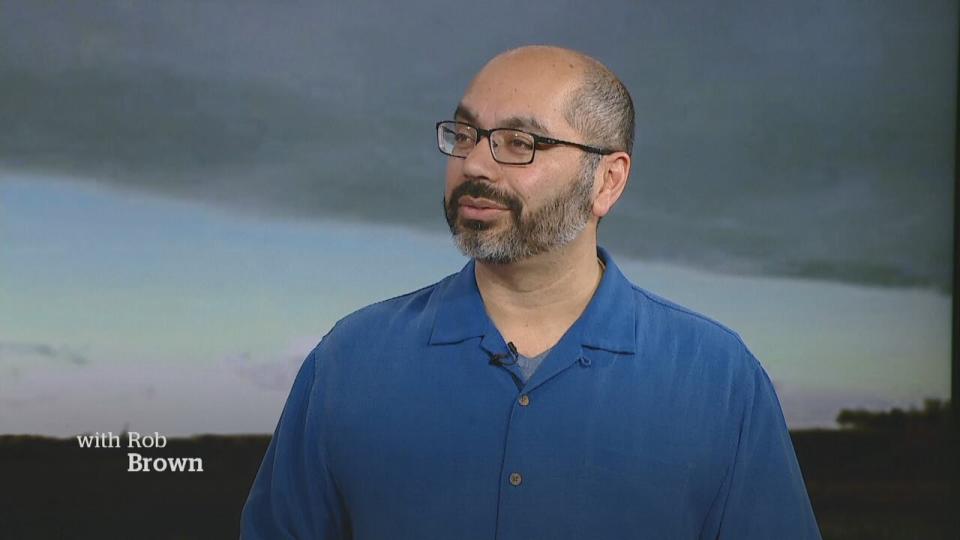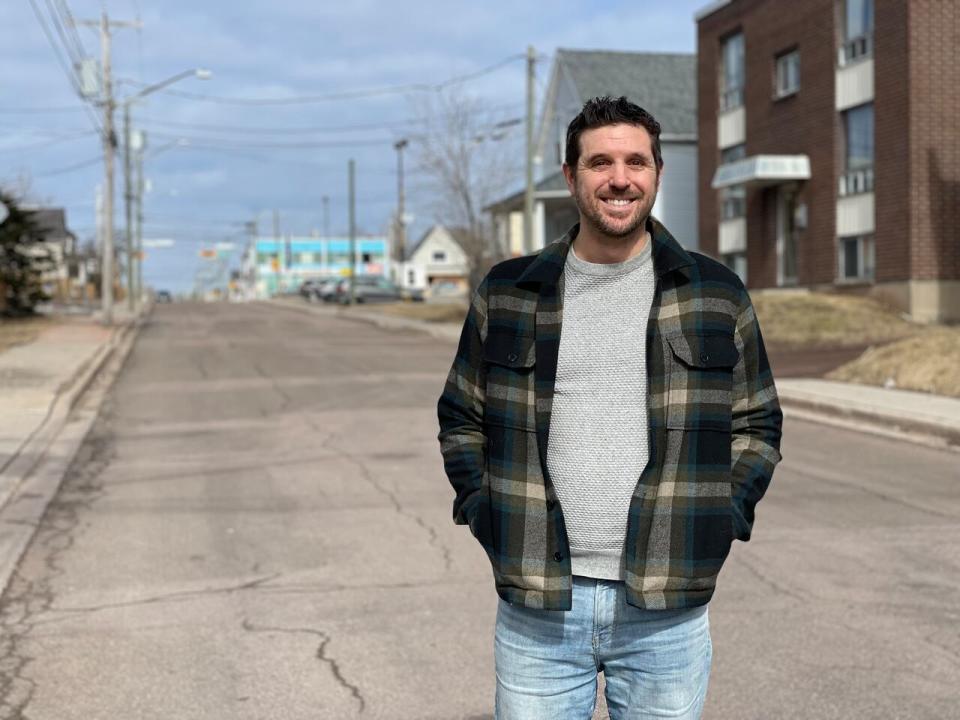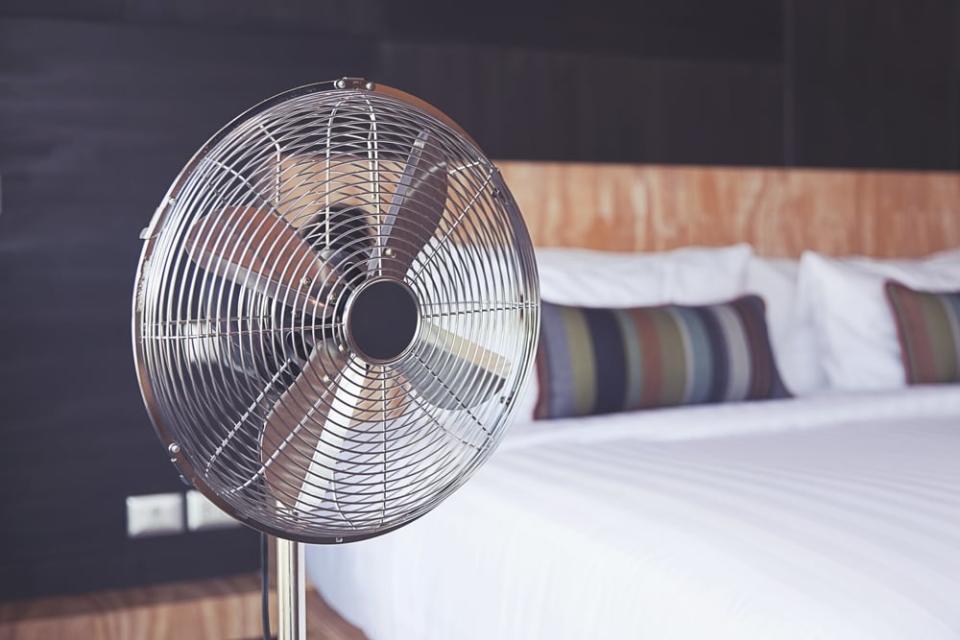Extreme heat heads to N.B. Here's what you can expect and do
The official first day of summer is still two days away, but Mother Nature isn't waiting.
On Tuesday morning, almost all of New Brunswick, except the northernmost tip, is under a heat warning by Environment Canada.
The extreme hot and humid weather is expected to last from Tuesday into Thursday, according to the warning, but hot and humid conditions could possibly continue into Friday, especially in the south.
"This is going to rival some of our hottest weather, even during the summer months," said CBC meteorologist Tina Simpkin.
"Technically, we're almost to summer, but we're still technically in spring, but it's definitely not going to feel like spring."

The warning says that the maximum temperature for Tuesday is 32 C, with a humidex of 35 to 37. Wednesday's max is 35 C, with a humidex of 36 to 43. And Thursday's max is 35 C with a humidex of 38 to 42.
Simpkin said areas along the coast will be a bit cooler.
She said the dew point temperature for the last few days have been in the single digits, but as of Tuesday morning, it hit double digits and will only continue to climb.
She said a high dew point temperature will make it harder to sweat, therefore, harder to cool down.
New Brunswick won't be alone in dealing with the extreme heat. Stretching from Atlanta to Atlantic Canada, what's being referred to as a heat dome will be hovering over millions of North Americans during this week's heat wave.
Signs of heat exhaustion, stroke
Dr. Raj Bhardwaj, the CBC News house doctor, said people's bodies are fine-tuned to operate within a specific temperature range of a few degrees.

"If you've ever had your phone shut down suddenly because it got too hot, that's sort of the same thing that can happen to your body, except obviously the consequences of your body shutting down are a lot more serious," he said.
Bhardwaj said as the air gets hotter, people sweat more, which helps to keep the body temperature stable. Then, the sweat evaporates, which allows the body to cool. But if it gets too hot or humid, the sweat doesn't evaporate fast enough to allow a cool down.

"Once that biologic cooling mechanism starts to falter, then your core body temperature starts to go from the usual 37 and once it hits around 41 to 42 degrees Celsius, you can get into big trouble."
He said heat exhaustion can occur when the body is suffering but the brain is still working. Early signs of this may overlap with signs of dehydration, such as darker urine, dry mouth and less sweat.
This could then turn into muscle cramps, swelling in the hands and feet, nausea, headache, weakness, and eventually heart rhythm problems, said Bhardwaj.
As that gets worse, the brain starts to be affected, leading to a worsening headache, dizziness and confusion.
Protecting vulnerable populations
Bhardwaj said babies, older people, pregnant people and those on medications that impair the body's ability to regulate heat could all be more prone to heat problems.
He also said people who might be more at risk would be those stuck indoors in a hot environment, people who don't have stable housing or those who have to work outside.
Marc Belliveau, the co-chair of the Greater Moncton Homelessness Steering Committee, said there are two misting tents for people to use — one at the Homeless Hub and one at Ensemble.

The House of Nazareth, Harvest House and the Homeless Hub have also opened their doors, he said, and 120 additional people can be accommodated inside, on top of the people already staying in the shelter.
Belliveau said outreach teams will also be going to tent sites and encampments to make sure people are safe and taken care of.
Glen Kenny, the lead investigator for Operation Heat Shield Canada and a University of Ottawa professor, said extreme heat can be very dangerous.
He recalled the western heat dome of 2021, when, he said, 619 people died during a heat wave in British Columbia.
"It can be very, very quick, especially when we have successive days of extreme heat like we're going to face this week," Kenny said.
Kenny said the biggest threat is indoor overheating if people don't have air conditioning. Ahead of the extreme temperatures of the day, Kenny recommended finding ways to cool the home early in the morning or finding a spot in the home, such as the basement, that is cooler.
He said while fans are OK at a certain temperature, once the indoor temperature reaches 35 C, they are no longer effective.
"What we mean by that is that, essentially, it's not going to cool the body, and it gives people a false sense of security, because you think that … it's cooling the body," he said.
"What you're actually getting is, overall, you feel better, but your core temperature has not gone down."
In schools, for example, Kenny said it would be good to limit the level of activity children are participating in and reduce the number of students in a classroom to allow for a bit more air circulation.


